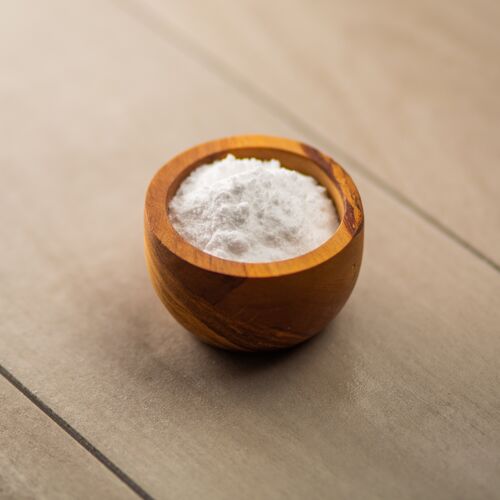The Trip of Sugarcane: From Harvest to Everyday Products
The journey of sugarcane is a diverse process that starts with precise farming and culminates in a variety of items that permeate our everyday lives. As we explore the different facets of sugarcane's trip, its role in sustainability and the more comprehensive ramifications for our setting come into sharper emphasis.
Cultivation of Sugarcane
The farming of sugarcane is an essential farming procedure that requires details environmental conditions and monitoring methods. Optimum growth occurs in subtropical and exotic regions where temperatures vary between 20 ° C and 32 ° C. Adequate rains or irrigation is crucial, as sugarcane prospers in wet soil with well-drained problems (sugarcane product). Dirt quality substantially affects yield; therefore, farmers often carry out dirt tests to establish nutrient requirements
Growing typically happens in rows, using stem cuttings called setts, which are grown flat. This method assists in reliable harvesting and optimizes sunshine exposure. Crop rotation and intercropping are suggested methods to boost dirt fertility and reduce pest invasions. Additionally, farmers use incorporated pest monitoring strategies to minimize chemical inputs while guaranteeing healthy crop advancement.
Prompt application of these fertilizers can dramatically enhance sugar returns. Generally, successful sugarcane growing hinges on a mix of environmental stewardship, calculated preparation, and continuous monitoring techniques.
Gathering Strategies
Successful sugarcane farming culminates in the collecting phase, which is essential for optimizing yield and making sure quality. The timing of the harvest is vital; sugarcane is generally collected when sucrose levels top, generally between 10 to 18 months after growing. This duration varies based on environment, dirt type, and sugarcane range.
Collecting techniques can be extensively classified into manual and mechanical techniques. Hand-operated harvesting is labor-intensive, counting on proficient employees who utilize machetes to reduce the stalks short. This method enables discerning harvesting, where just the ripest walking canes are chosen, thus improving total sugar content.
Conversely, mechanical harvesting has gotten appeal as a result of its efficiency and cost-effectiveness. Specialized harvesters geared up with cutting blades and conveyor systems can refine big locations promptly, significantly reducing labor costs. This technique might lead to the addition of immature walking sticks and a prospective reduction in sugar high quality.

Despite the method used, making certain that collected walking sticks are carried quickly to processing centers is crucial. Trigger managing reduces spoilage and maintains the honesty of the sugarcane, setting the stage for optimum processing.
Processing Approaches
Processing sugarcane involves numerous important steps that change the gathered stalks into useful products, primarily sugar and molasses. The first stage is cleaning the walking stick to remove dirt and debris, adhered to by the removal of juice through squashing or milling. This process typically utilizes heavy rollers that damage the cane fibers to launch the sweet fluid included within.
As soon as the juice is drawn out, it undertakes information, where impurities such as soil particles and bagasse are eliminated. This is often accomplished by including lime and warming the juice, permitting sedimentation. The clarified juice is after that concentrated with dissipation, where water material is lowered, leading to a thick syrup.
%20(1).png?width=555&name=Untitled%20design%20(3)%20(1).png)
Ultimately, the processing of sugarcane not just generates sugar and molasses but likewise lays the foundation for various derivatives, which will certainly be discovered in subsequent discussions.
Products Derived From Sugarcane
Sugarcane is a flexible plant that generates a wide variety of items visit here beyond simply sugar and molasses. Among the primary spin-offs are ethanol and biofuels, which have actually obtained prominence as renewable resource resources. Ethanol, generated via the fermentation of sugarcane juice, works as an alternative to fossil fuels and is commonly combined with fuel to create cleaner-burning fuels, reducing greenhouse gas emissions.
Furthermore, sugarcane is a considerable resource of bagasse, the coarse deposit staying after juice removal. Bagasse is used in different applications, consisting of the manufacturing of paper, eco-friendly product packaging, and as a biomass gas for power generation. Its usage not only decreases waste however likewise improves the sustainability of sugarcane processing.
In addition, sugarcane-derived items include the food market, where it works as an all-natural flavor agent and sweetener in numerous culinary applications. In the realm of cosmetics, sugarcane removes are included into skincare items because of their natural exfoliating residential or commercial properties.
Environmental Influence and Sustainability
The growing and processing of sugarcane have substantial ramifications for environmental sustainability. This plant needs substantial water sources, typically resulting in deficiency of regional water supplies and influencing surrounding ecosystems. In addition, the use of plant foods and pesticides in sugarcane farming can cause soil destruction and waterway pollution, presenting risks to biodiversity.

Sustainable sugarcane farming additionally advertises dirt health and wellness with plant rotation and decreased tillage, enhancing carbon sequestration. The adoption of these practices not only supports ecological stability however additionally improves the durability of farming areas versus environment change.
Verdict
In recap, the trip of sugarcane incorporates numerous phases from farming to handling, inevitably resulting in a broad selection of items. The importance of sugarcane prolongs past simple sweeteners, adding to renewable resource via ethanol production, lasting packaging through bagasse, and all-natural extracts for cosmetics. This complex crop plays a vital duty in both dietary enrichment and environmental sustainability, highlighting its value in modern farming and industrial methods.
Effective sugarcane cultivation culminates in the gathering stage, which is crucial for taking full advantage of return and making certain high quality. The timing of the harvest is crucial; sugarcane is normally why not check here harvested when sucrose degrees optimal, generally in between 10 to 18 months after planting.Processing sugarcane entails a number of vital actions that transform the harvested stalks right into functional products, primarily sugar and molasses.Sugarcane is a versatile plant that generates a broad selection of products past simply sugar and molasses. Furthermore, the use of plant foods and pesticides in sugarcane farming can result in dirt degradation and river pollution, positioning risks to biodiversity.